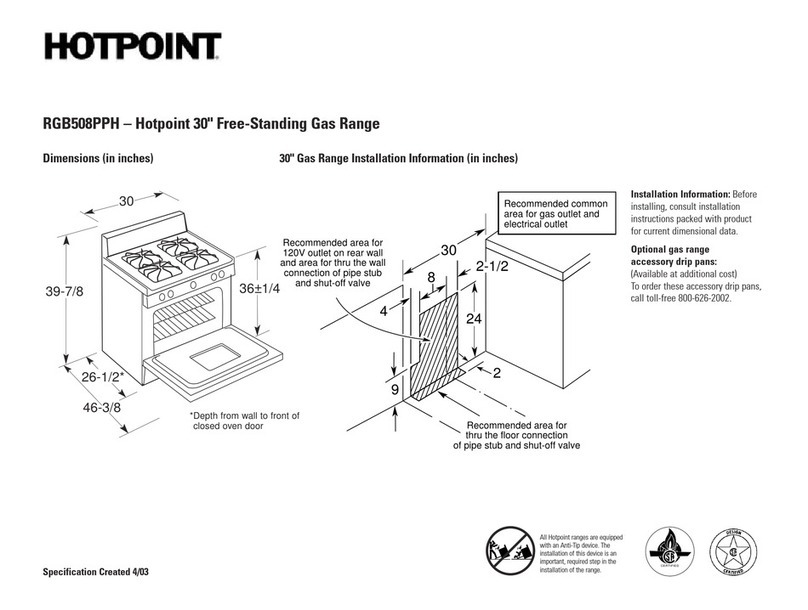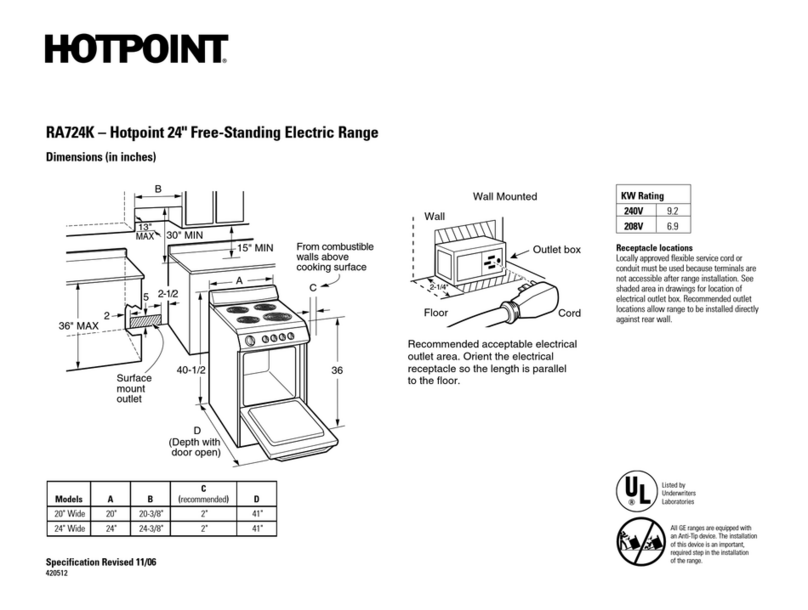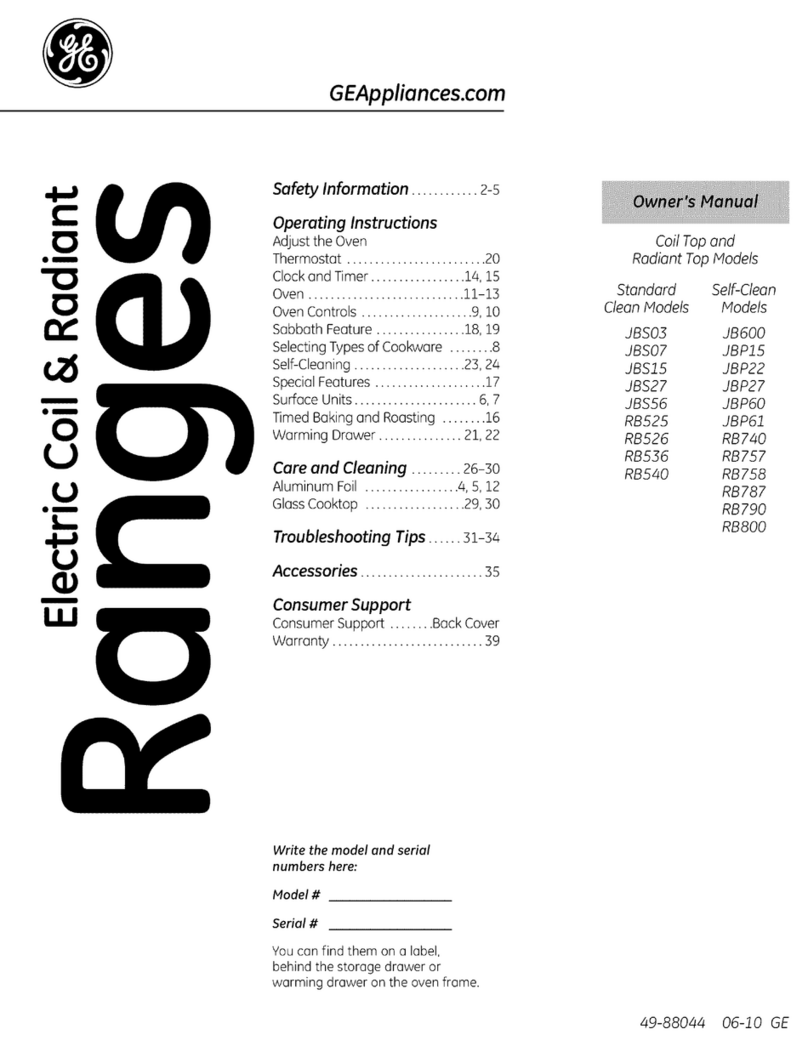Hotpoint RB 735 User manual
Other Hotpoint Range manuals
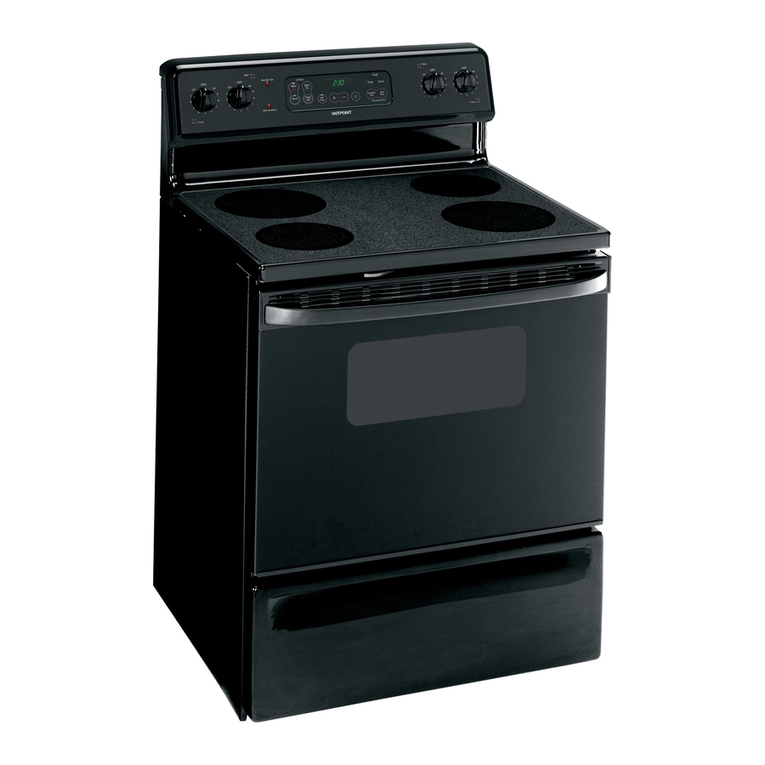
Hotpoint
Hotpoint RB787DPWW - Electric Range User manual
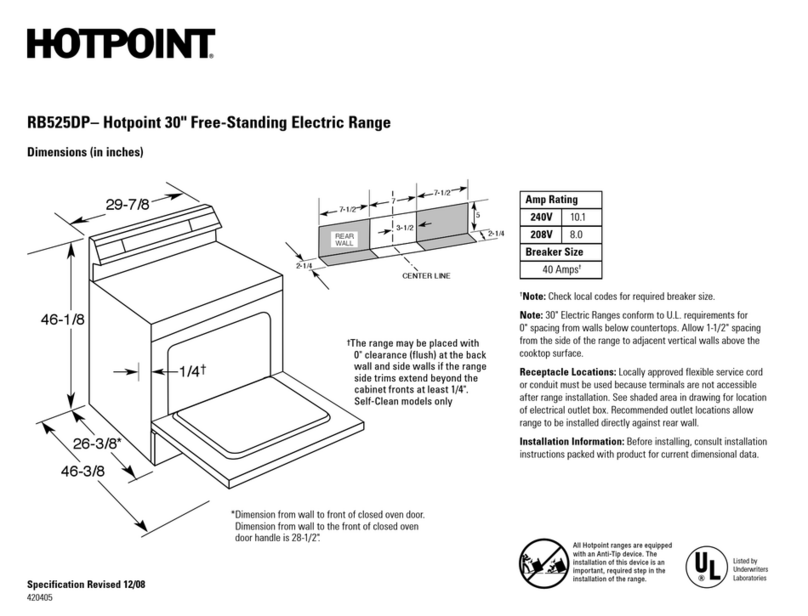
Hotpoint
Hotpoint RB525DPCT - 30" Electric Range User manual

Hotpoint
Hotpoint RC546 Installation instructions

Hotpoint
Hotpoint RA824DDWW Programming manual
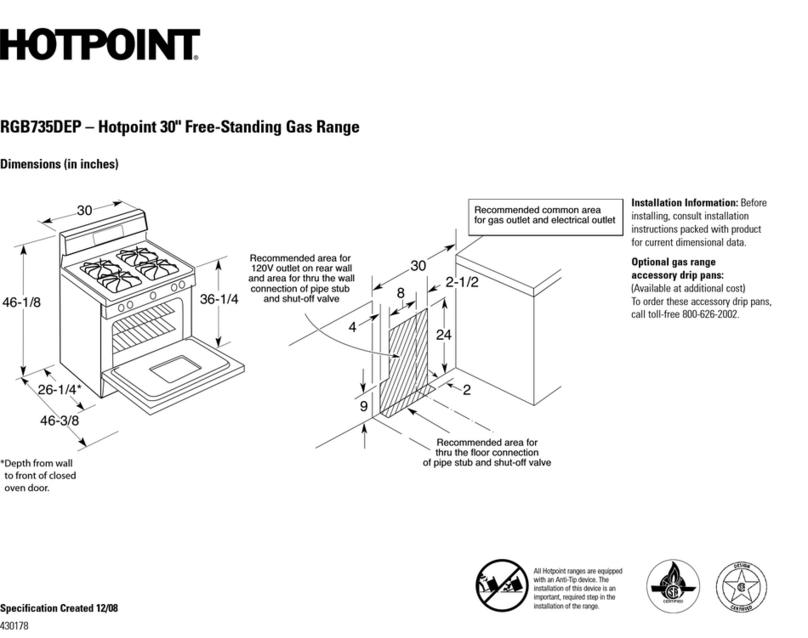
Hotpoint
Hotpoint RGB735DEP User manual
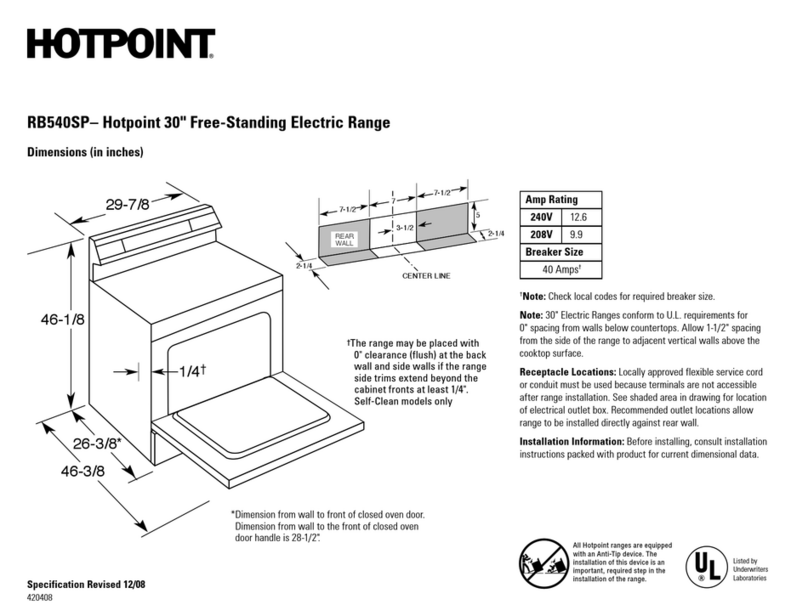
Hotpoint
Hotpoint RB540SP User manual
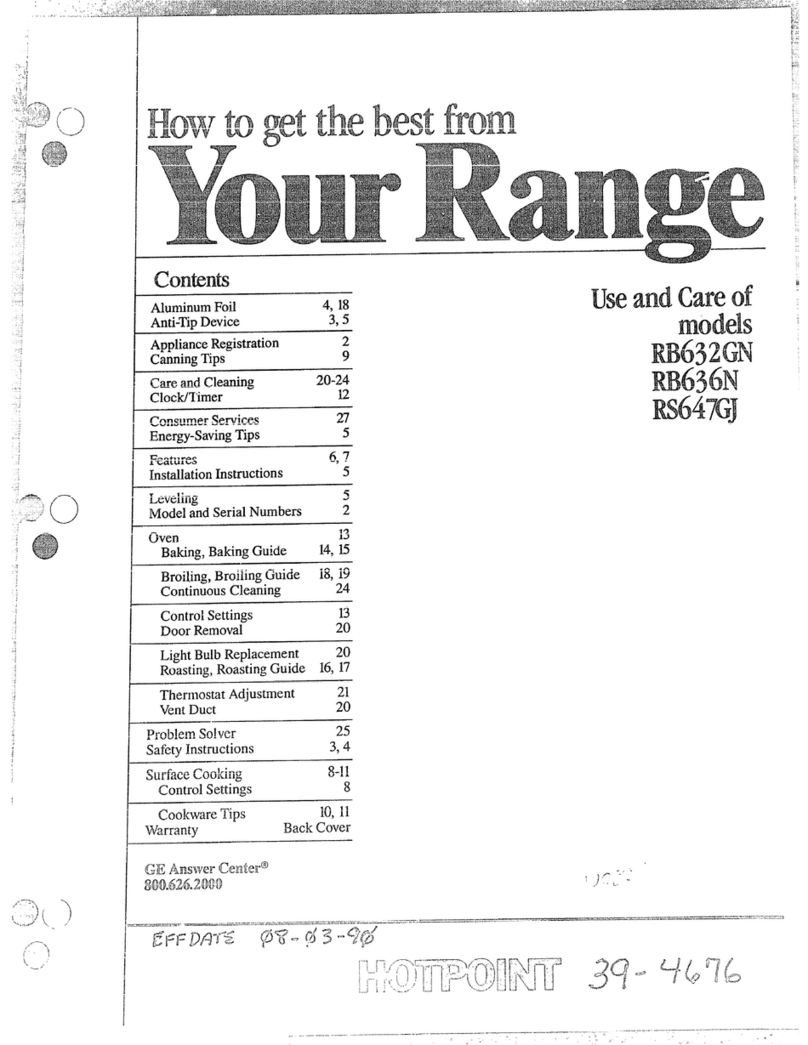
Hotpoint
Hotpoint RB632GN Installation instructions
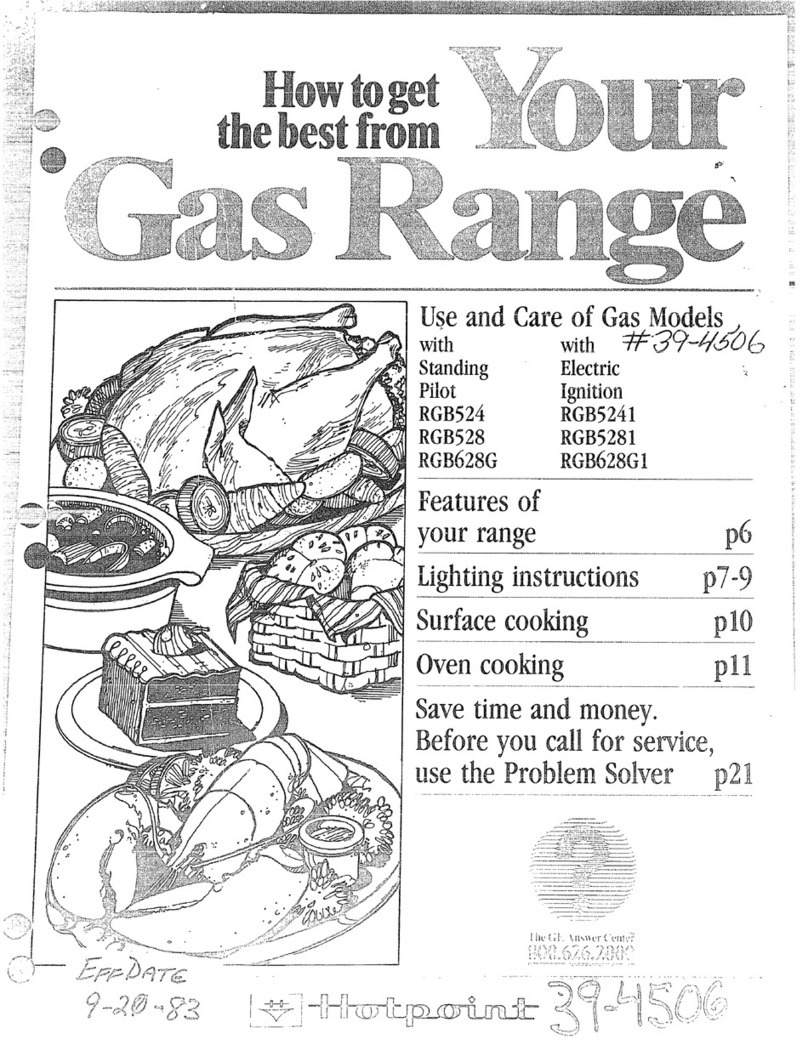
Hotpoint
Hotpoint RGB524 Installation instructions

Hotpoint
Hotpoint FT 820.1 /HA S User manual

Hotpoint
Hotpoint RGB501 Installation guide

Hotpoint
Hotpoint RGB526DETBB User instructions
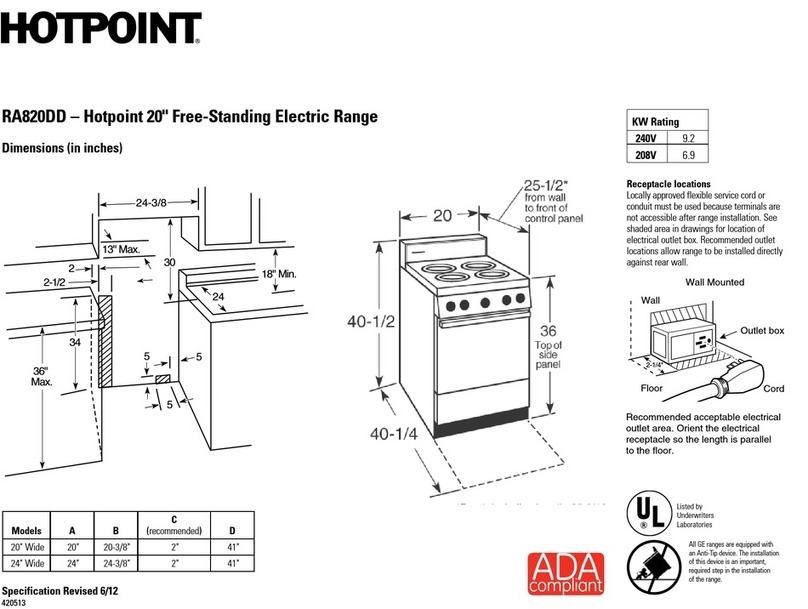
Hotpoint
Hotpoint RA820DDWW User manual
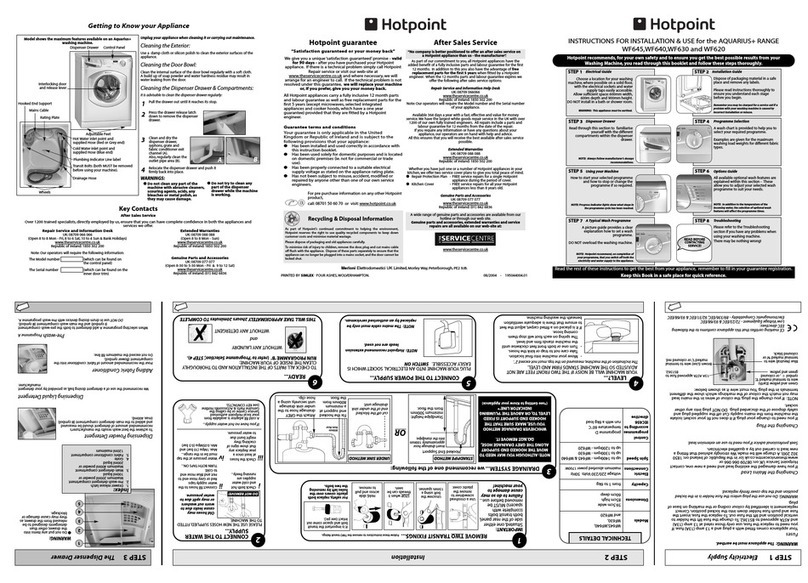
Hotpoint
Hotpoint AQUARIUS+ WF645 User manual

Hotpoint
Hotpoint RGB744 Installation guide
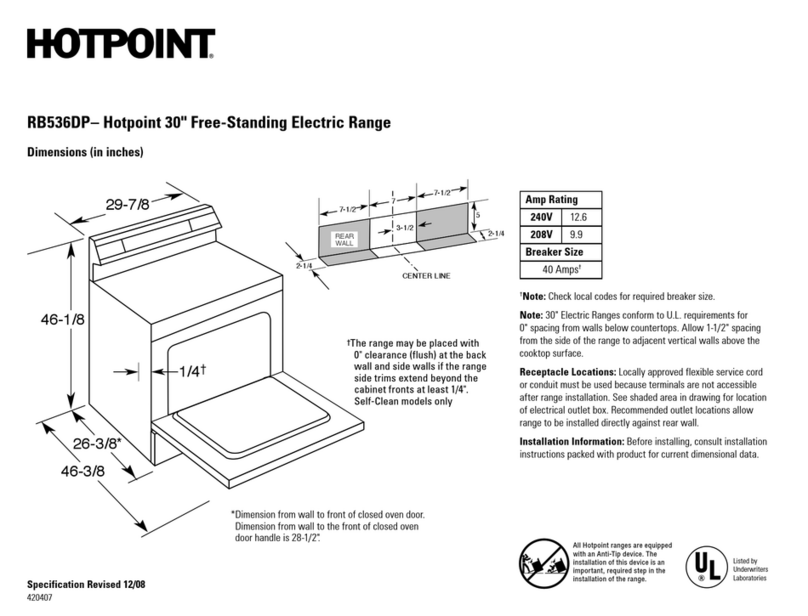
Hotpoint
Hotpoint RB536DPWW - 30" Electric Range User manual
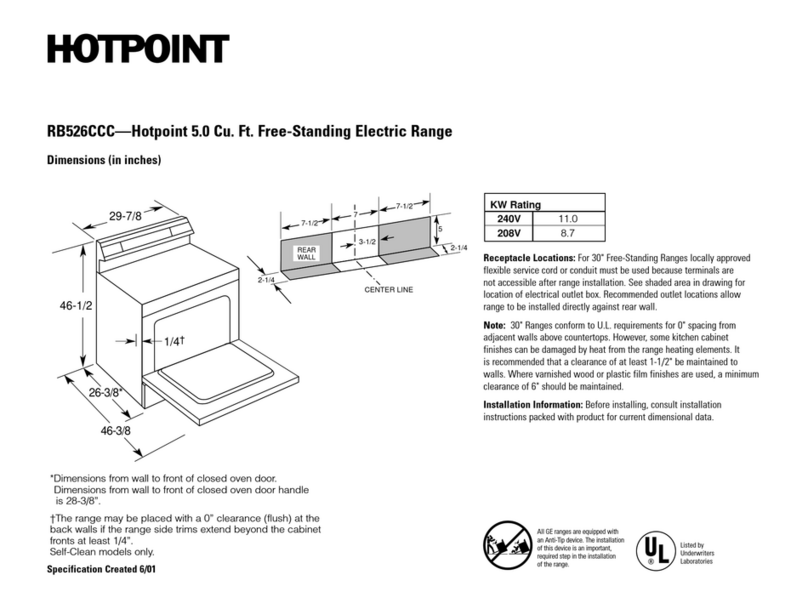
Hotpoint
Hotpoint RB526CCC User instructions
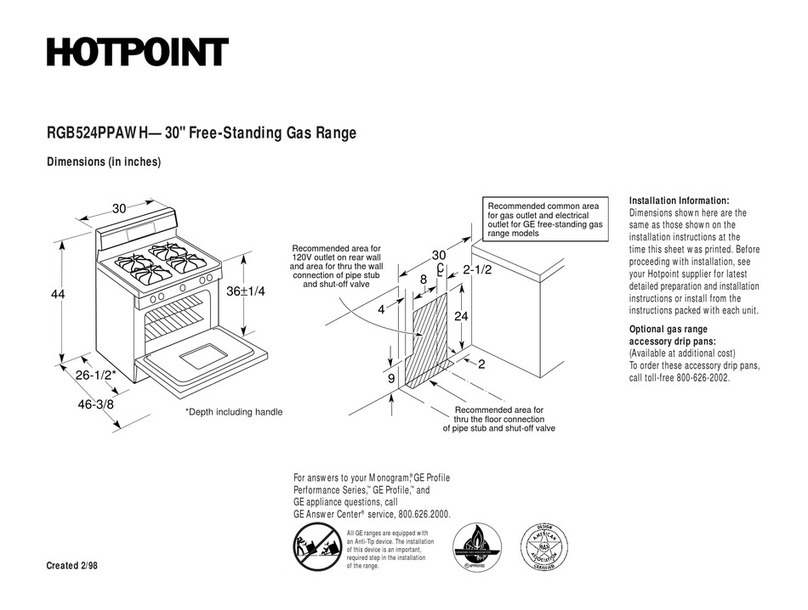
Hotpoint
Hotpoint RGB524PPAWH User instructions
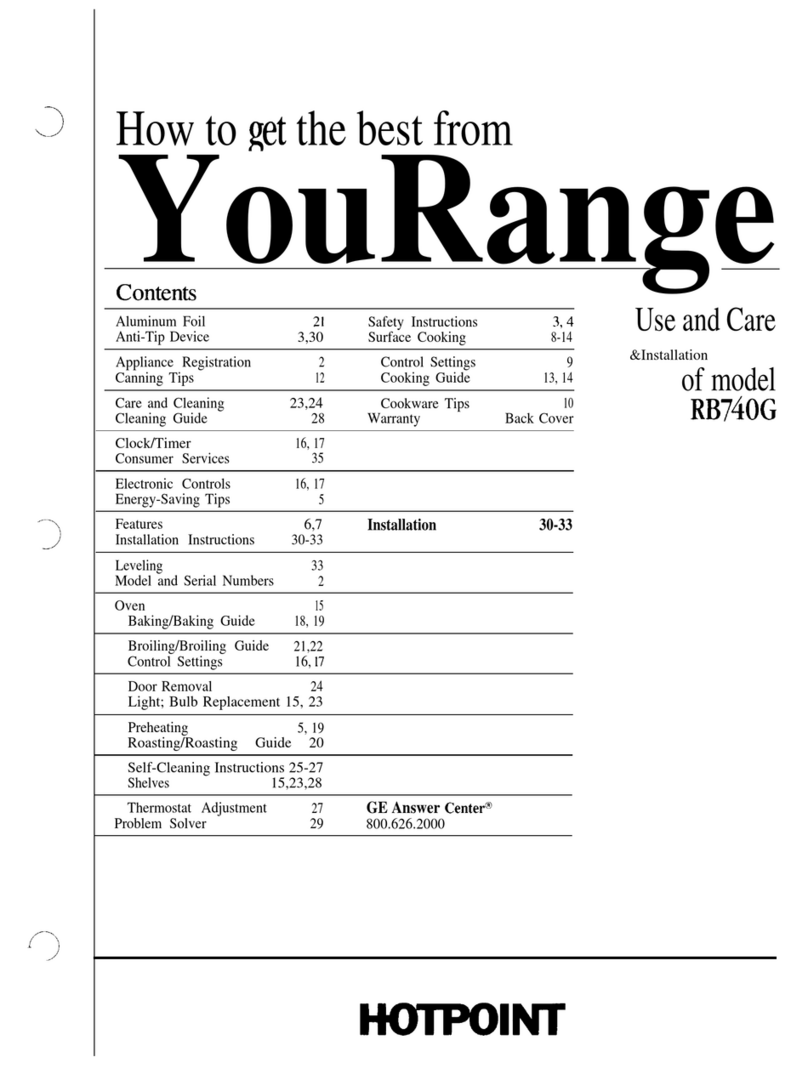
Hotpoint
Hotpoint RB740G Installation guide
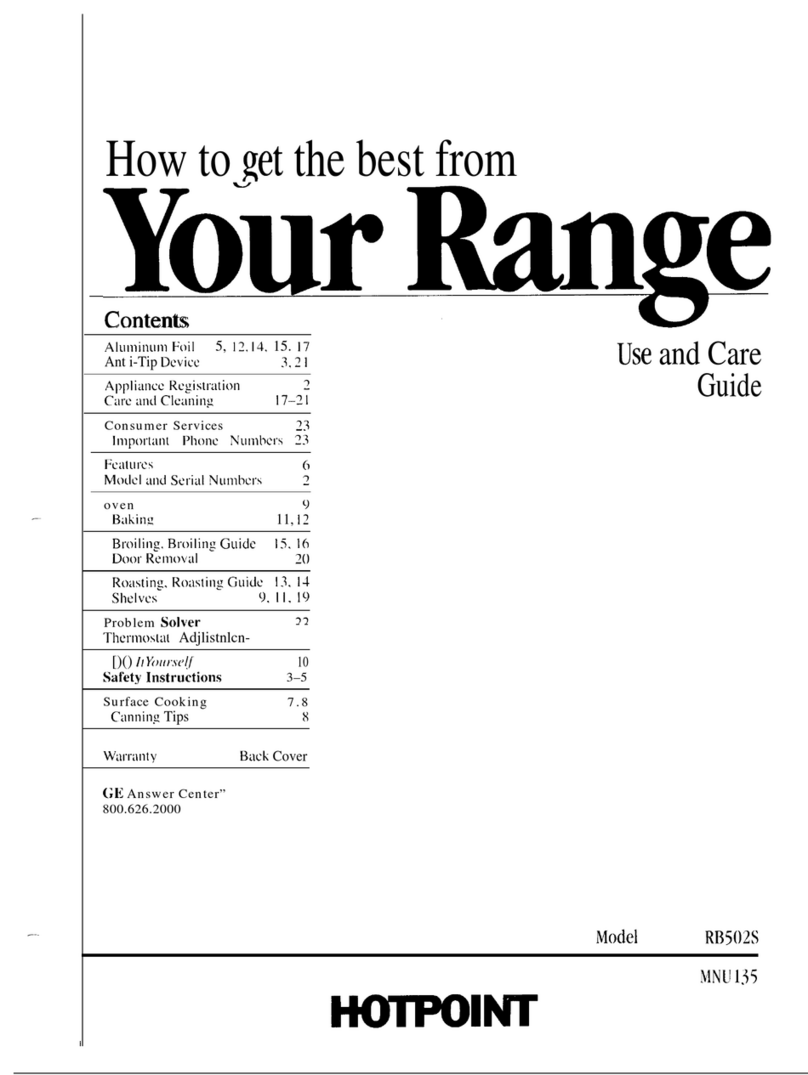
Hotpoint
Hotpoint RB502S User manual
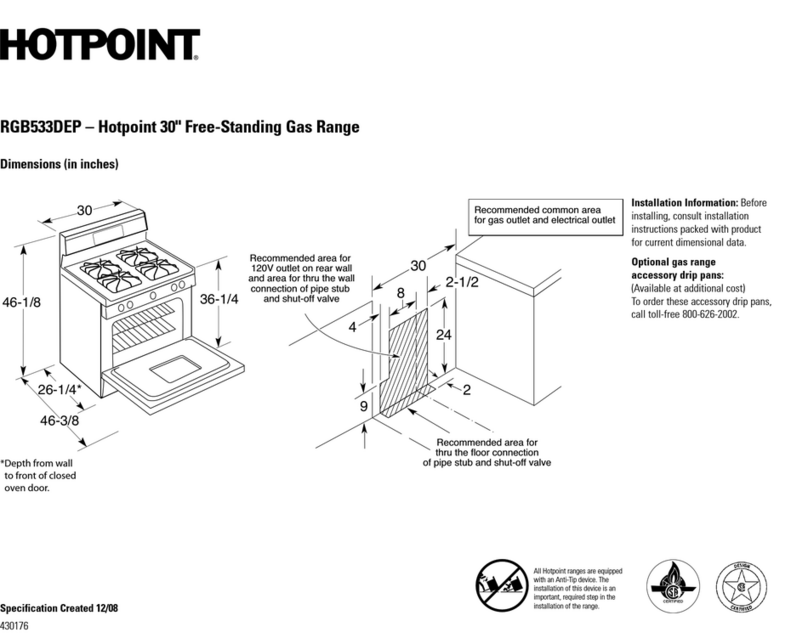
Hotpoint
Hotpoint RGB533CEH User manual
Popular Range manuals by other brands

Maytag
Maytag MGR5875QDW - 30 Inch Gas Range Use and care guide

Frigidaire
Frigidaire FFGF3024SS use & care

Capital
Capital Precision Series GCR484W Specifications

Officine Gullo
Officine Gullo GGS8P Installation and use instruction

LG
LG LSD4913 Series owner's manual

Kenmore
Kenmore 4101 - Elite 30 in. Slide-In Electric Range installation instructions
